Vought Brewster Corsair F4U-1
Production Time 9 to 10 weeks
Shipment is by FedEx, UPS or DHL International Express Courier with a normal door-to-door delivery time worldwide of within 2-3 business days after dispatch. Due to the current volatility of world fuel prices, the amount mentioned here is our best estimate for DHL and UPS and may be subject to change at the time of shipping.

Model Description: Vought Brewster Corsair F4U-1 Wood Replica Scale Custom Model Aircraft
Manufacturer: Chance Vought
Wingspan: 17 Inches (43.2 Centimeters)
Height: 6.7 Inches (17 Centimeters)
Scale: 1:29
$239.50
Production Time 9 to 10 weeks
-
United States dollar ($)
-
Pound sterling (£)
-
Euro (€)
-
Australian dollar ($)
-
Canadian dollar ($)
-
Singapore dollar ($)
-
Swiss franc (CHF)
-
Japanese yen (¥)
-
Danish krone (kr.)
-
Hong Kong dollar ($)
-
Norwegian krone (kr)
-
Swedish krona (kr)
-
United Arab Emirates dirham (د.إ)
General Product Description
Our PlaneArts Vought Brewster Corsair F4U-1 model exhibits unique, unrivaled quality and detailed design to come as close as possible to the accuracy of the actual plane. It comes as standard with a robust, durable base or stand which is available in a variety of different finishes designed to match your own personal requirements including solid wood, wood with polished metal supports or adjustable wood wall mount and will be ready within about 9-10 weeks from placement of order.
The Vought Brewster Corsair F4U-1 model is made of the finest kiln dried renewable mahogany wood (commonly known as Lauan or Meranti) which has undergone many stages of carving and meticulous and careful sanding giving the beautiful, finished museum quality masterpiece. Many collectors and model connoisseurs demonstrate their preference for genuine handmade and hand painted mahogany wood models rather than plastic or die cast (diecast) alternatives due to the overall look and totally different feel of the item - we trust you will find the same. We can however, if required produce the same model in Solid Cast Resin so just click and contact us for further information. Our craftsmen and gifted artisans ensure that our finely handcrafted model airplanes match the precise blueprint details of the original aircraft. The paint scheme, markings and parts are closely matched, reflecting the original aircraft. This stylish top-quality desktop replica model will surely enthrall anyone who receives this as a gift and for sure one of the most appropriate and desirably collectable gifts for any military aviation enthusiast and avid aircraft collector whilst also displaying a perfect resemblance to the actual real life version.
There are many types of military propeller aircraft, but the basic types are bombers, fighters, fighter bombers, spotter planes, transporters, patrol aircraft, trainers, and reconnaissance and observation aircraft. All these types of aircraft are used for different types of missions. If you're a fan of historic or present-day military aviation, our model aircraft will bring the excitement and character of these aircraft right into your own home. You can order a wood airplane model of a North American B-25 Mitchell Bomber, a B17 - Flying Fortress, or a P-51 Mustang Nervous Energy V not forgetting the Bf 109, Spitfire, FW 190, A6M Zero, P-38 and F4U. These classic, propeller airplane models are of the highest quality. Each is individually crafted by our expert craftsmen. They produce handmade scale mahogany airplane models of the finest aircraft from World War I and II to present day biplanes and triplanes.
If you require, we can also make the Vought Brewster Corsair F4U-1 model in any other military, government or even private livery or colour scheme you require and if necessary, in a different size or scale. Just click here to contact us with a description or photographs of what you require, and we will let you have a quotation for the necessary customization by return email. We can also make bespoke scale replicas of any other private / civil commercial airliner or airliners, helicopter, glider, gliders with engines, military jet, warplane jets, biplane, triplane, tail fin, spacecraft, rocket or NASA model you require in any airline, military or civilian livery or colors. We also produce model airships, blimps, dirigibles, blimps, boats, and ship collectibles. Wall plaque or seal for military, government or private customers. Again, by clicking here to contact us just let us know exactly what you need.
The Vought Brewster Corsair F4U-1: An Icon of World War II Aviation
The Vought Brewster Corsair F4U-1 stands as one of the most iconic aircraft of World War II, symbolizing American ingenuity and the fierce air battles of the Pacific theater. Introduced in 1942, the Corsair was not only a product of engineering prowess but also a critical component in the Allies’ aerial strategy against Axis powers.
Development and Design:
The development of the F4U-1 Corsair was a response to a 1938 U.S. Navy requirement for a new carrier-based fighter. Vought’s design incorporated the largest engine available at the time, the Pratt & Whitney R-2800 Double Wasp radial engine, which was capable of propelling the aircraft at speeds of over 400 mph. The Corsair’s distinctive gull-wing design was not merely for aesthetic purposes; it was a practical solution to accommodate the large, 13-foot propeller while maintaining a short and robust landing gear suitable for carrier operations.
Operational History:
Although designed as a carrier fighter, initial landing gear and visibility issues led the Navy to relegate the F4U-1 Corsair to land-based operations initially. The U.S. Marines were the first to fly Corsairs in combat from airfields in the Solomon Islands in February 1943. The aircraft quickly proved superior to the Japanese fighters of the time, particularly the Mitsubishi A6M Zero, due to its speed, climb rate, and robustness.
The Corsair achieved an impressive kill ratio of 11:1 by the war’s end. Its performance was enhanced by its ability to carry a substantial payload of bombs and rockets, making it a versatile asset in both air-to-air battles and ground attack missions.
Impact and Legacy:
The Corsair’s impact extended beyond its immediate combat roles. It was one of the few piston-engine fighters to remain in production after the end of World War II, seeing action in the Korean War and serving in various capacities into the 1960s. Its longevity in service is a testament to the soundness of its original design.
Today, the F4U-1 Corsair is celebrated as a classic warbird, with restored examples being a highlight of air shows around the world. Its distinctive silhouette and the characteristic sound of its radial engine continue to captivate aviation enthusiasts and serve as a moving tribute to the pilots who flew them in combat.
The legacy of the Corsair, with its combination of technical achievement and combat effectiveness, underscores its place in the annals of military aviation history. It remains a symbol of the period when air power began to assert its dominance on the battlefield, shaping the strategies of modern aerial warfare.
| Weight | 6 kg |
|---|---|
| Dimensions | 13.8 × 17 × 6.7 in |

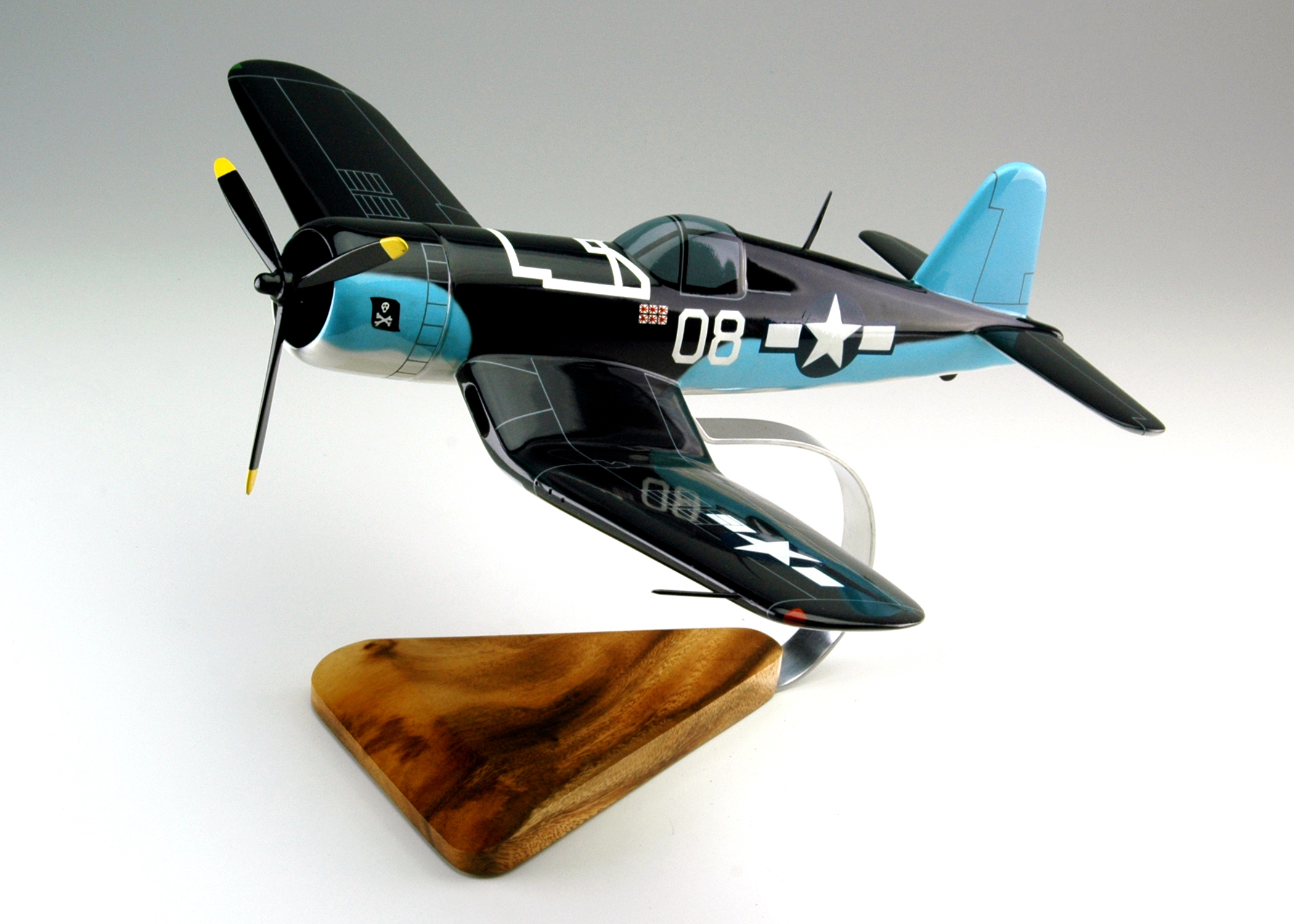
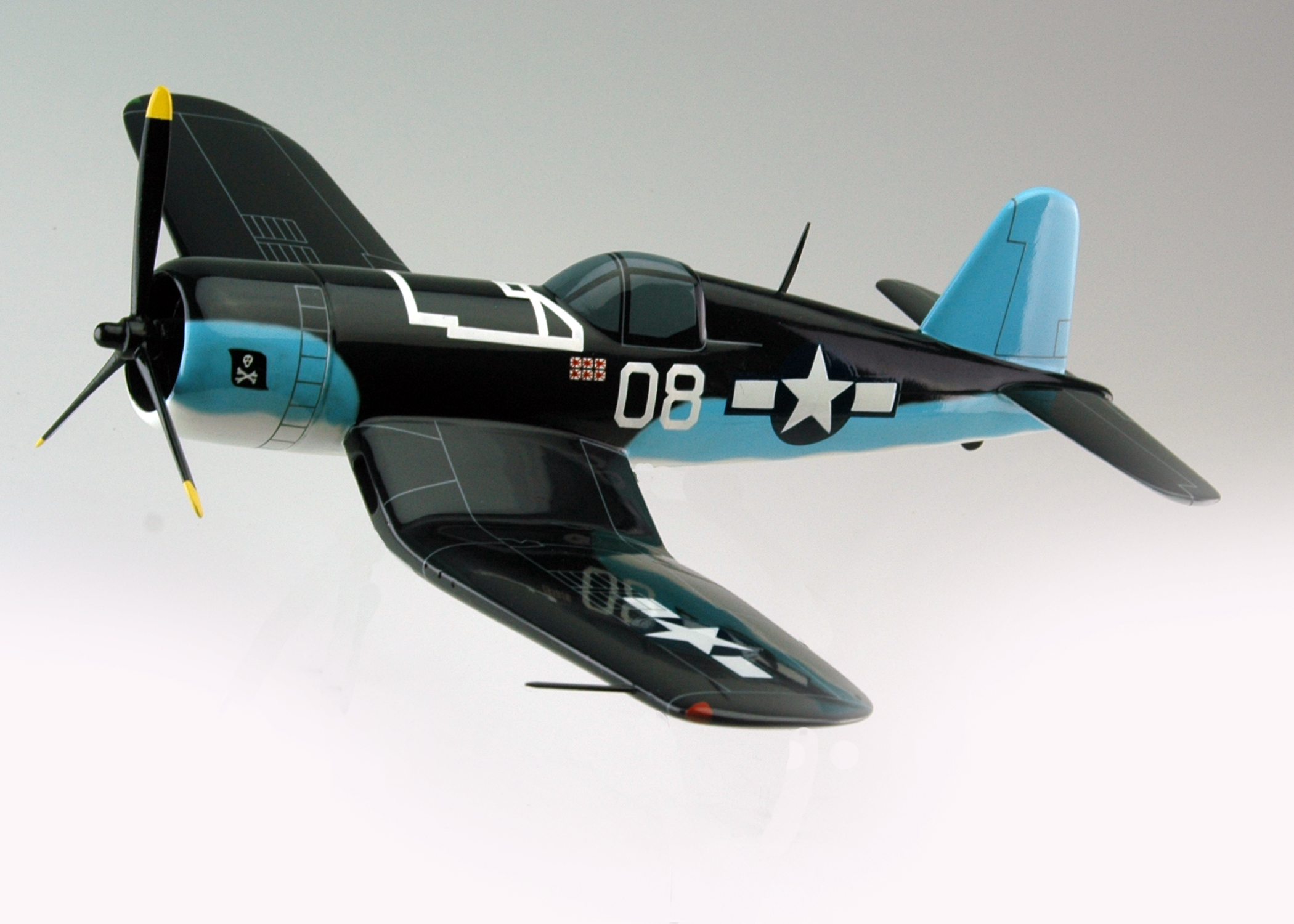
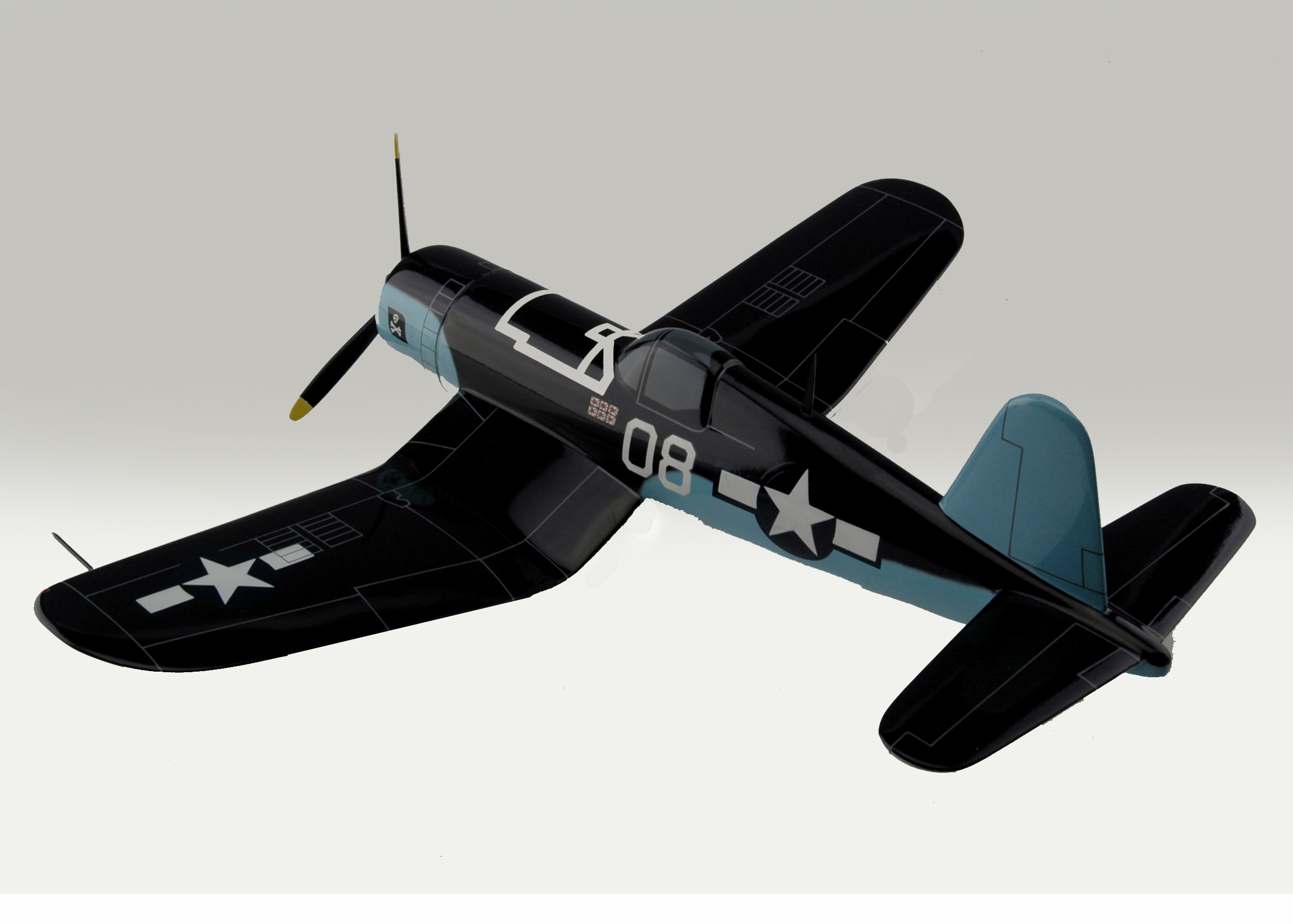

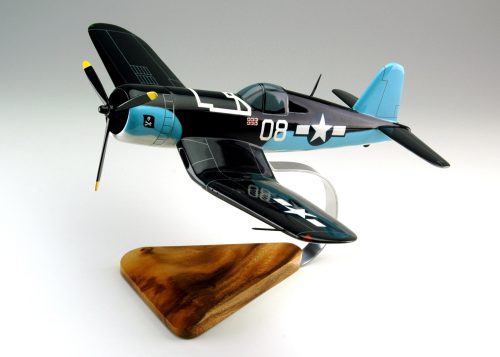
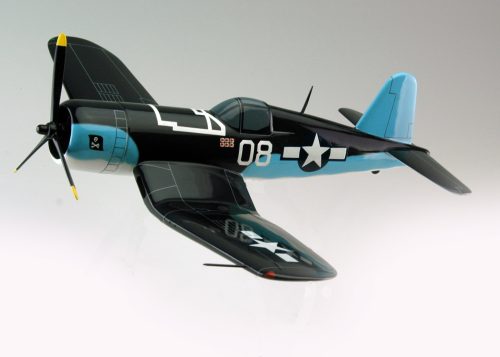
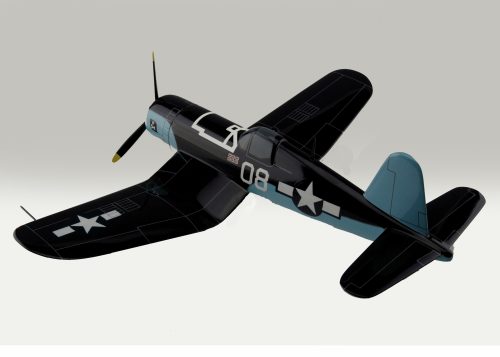


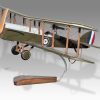
Reviews
There are no reviews yet.